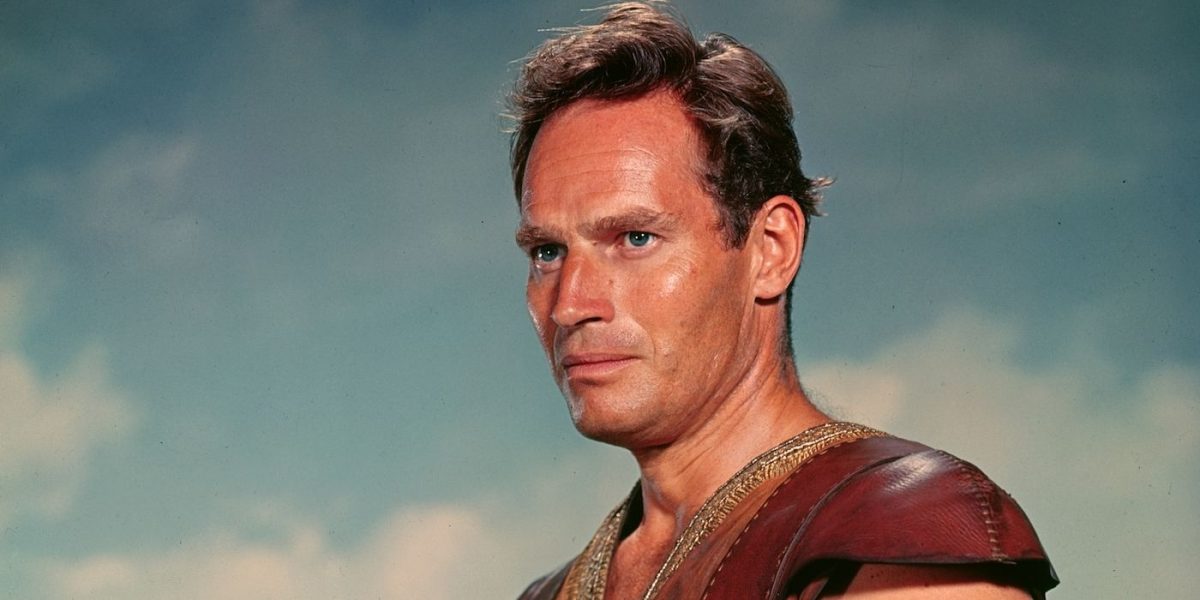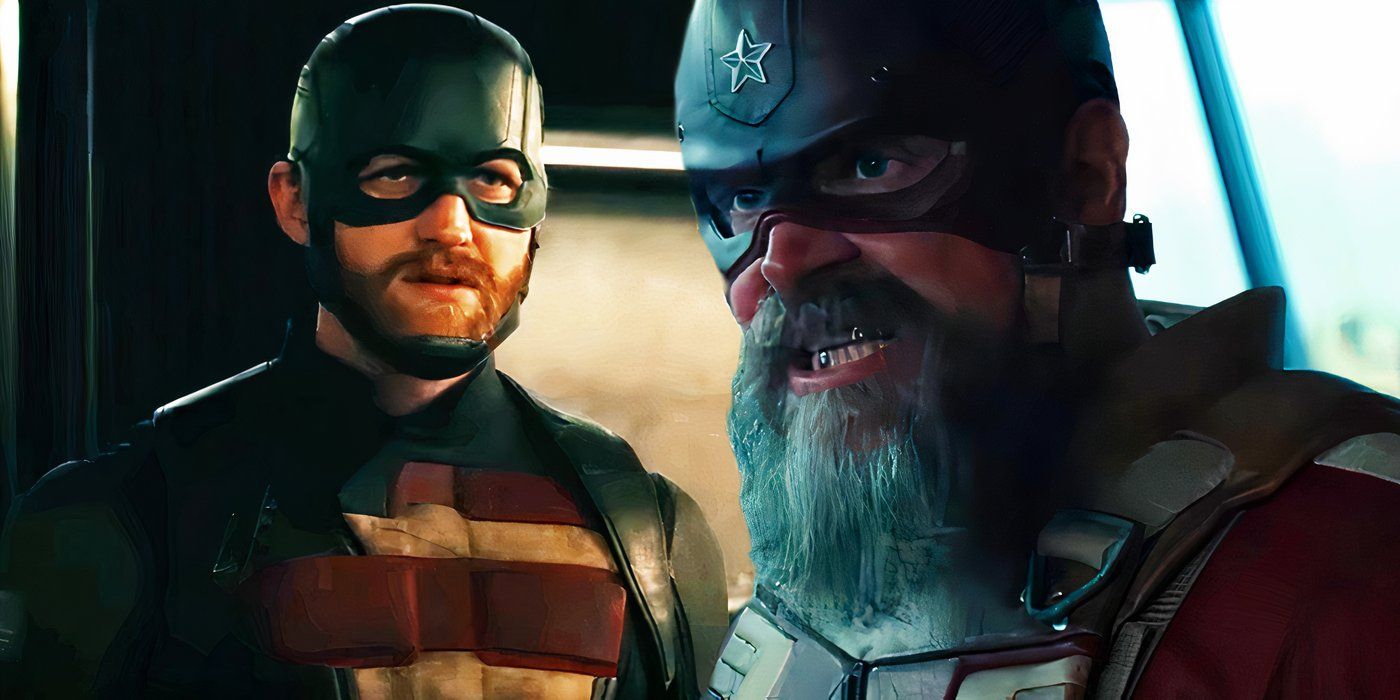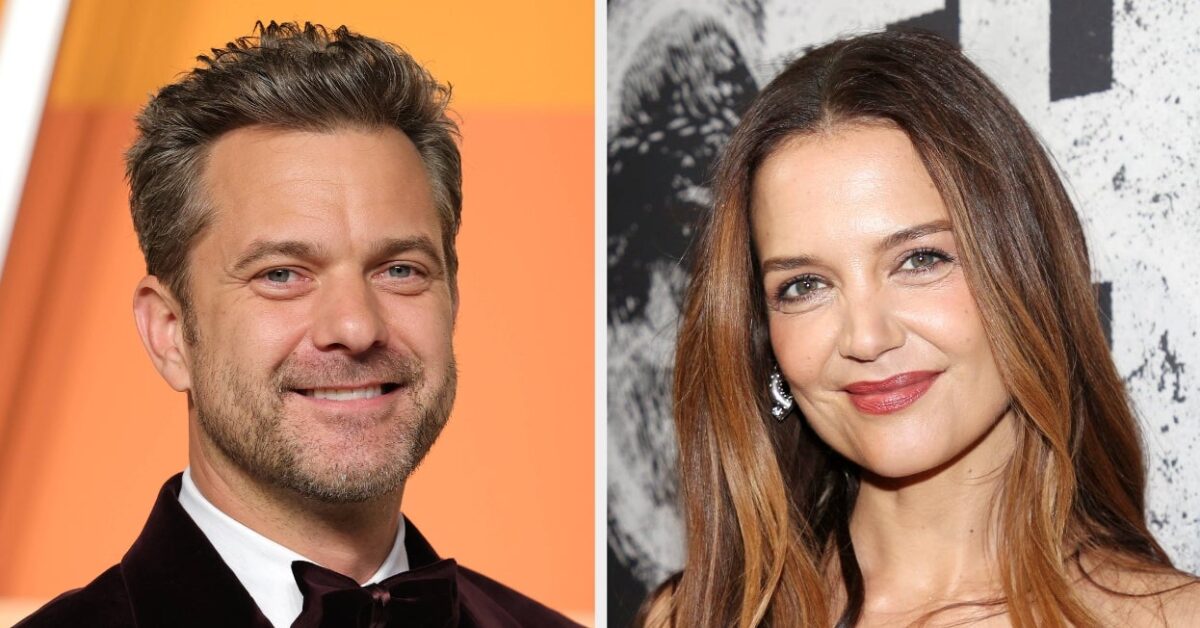
Biggest Difference Between ‘Ben-Hur’ and the Novel It’s Based On
Jul 20, 2023
1959’s Ben-Hur is the very definition of an epic, a sprawling experience that few films truly match, as told by its record 11 Academy Award wins it shares with only Titanic and The Lord of the Rings: The Return of the King. The film cost MGM $15 million to make, was seen by ninety-eight million Americans, and was the only Hollywood film to make the Vatican’s list of approved religious films. It is far and away the most successful and recognizable of the four Ben-Hur films, with one a 15-minute film from 1907, another a silent film from 1925, and the other a failed remake in 2016. But did you know the films were based on a book? No, not the Bible, you clever wags, but rather Ben-Hur: A Tale of the Christ, written by Lew Wallace in 1880.
While most associate Judah Ben-Hur with the 1959 film, Ben-Hur: A Tale of the Christ is a book that is wildly successful in the literary world. Since its publication in 1880, the book has never been out of print. Sales of the book were second only to the Bible itself, and by 1900 there were thirty-six English-language editions alongside twenty different translations, including Indonesian and Braille. The book is very much an apologist’s defense of the Christian faith, inspired by a conversation with Colonel Robert Ingersoll, a well-known agnostic. The conversation occurred on a train in 1875, with Wallace unable to answer Ingersoll’s arguments about God, heaven, Christ, and other queries about theology. In writing the book, Wallace heavily researched the Bible and other books that described the world of Judea in the first century and took great pains in making everything in Ben-Hur as accurate as possible, right down to the differences in design between Persian, Greek, and Roman chariots. From this rose the novel about the life of one Judah Ben-Hur, a Jewish prince enslaved by the Romans, who becomes a charioteer and a Christian.
RELATED: What Do the Films Tied for the Most Oscar Wins Have in Common?
Ben-Hur Isn’t the Only Main Character in the Book
Image via Loew’s, Inc.
With a book subtitled A Tale of the Christ, it should come as no surprise that Jesus is a major character in the book. He isn’t physically in the plot for much of the book, but his presence is a source of consideration throughout Wallace’s novel. Wallace involved Christ in the book where he could, making up scenes, descriptions, and actions featuring Jesus, adhering as closely to the Bible as possible (the only words spoken by Christ in the novel come directly from the Bible itself). It should also not be surprising that Jesus is not referenced, or seen, as often in the film, with only a minimal amount of screen time. Part of this is artistic, with director William Wyler keeping the focus on Charlton Heston as the main character. The other part is due to British law, oddly enough, which at the time forbid depictions of Jesus speaking or having his face seen if he was a minor character (this is why Jesus appears only from behind in the film).
The film jettisoned two threads from the book right off the bat. The first was a romantic triangle between Iras, the daughter of Balthasar, and Esther, daughter of Simonides, a triangle that is dropped when Iras realizes that Jesus is a spiritual savior, not a powerful earthly king, and Judah’s allegiance to him doesn’t come with material perks. Instead, Esther (Haya Harareet) is promoted as Ben-Hur’s only love interest (or second… we’ll touch on that soon). The second is a subplot that involves Simonides in Antioch, which would have only served as a distraction from the movie’s main storyline. It should also be noted that the film epitomizes the adage “a picture is worth a thousand words” literally, showcasing Wallace’s long, drawn-out, descriptive passages in beautifully filmed images, summing up pages of exposition in mere moments.
How Does the ‘Ben Hur’ Movie Play Loose With Moments & Accuracy?
Image via Loews, Inc.
Overall, Ben-Hur retains the themes of the book – betrayal, conviction, redemption, love, and compassion – despite having played loose with moments in the film. The Nativity scene, which takes up a significant amount of the book, is reduced to a brief scene before the opening credits. The moment where Messala (Stephen Boyd) asks Judah to identify rebels, which sets up the antagonism between the two, isn’t in the book. What is present in both, however, is Messala’s betrayal of Judah Ben-Hur which leads to Judah being sent to the galleys and his family imprisoned. Judah’s mother Miriam (Martha Scott) and his sister Tirzah (Cathy O’Donnell) are struck by leprosy in both the film and the book, but their healing takes place at two very different times. In the book, the pair are healed when Jesus heals them during his Triumphal Entry (aka Palm Sunday), but in the film, they are miraculously healed when Christ is crucified. The pair are also used in the film as motivation for Judah Ben-Hur, with the false news of their deaths pushing his decision to race against Messala. This is not the case in the book, where the false news of their deaths isn’t revealed to Ben-Hur until after the chariot race is finished.
Ah yes, the chariot race. Both the chariot race and the sea battle are highlights of both the film and the book. Wallace’s penchant for details makes the descriptions of both events strikingly vivid and real, while the film manages to match the pictures painted by Wallace through prose into stunning works of cinematography. Andrew Marton, who directed the chariot race scene, said that the race alone took ten weeks to film, with 70 horses and 18 chariots on an arena track that covered 18 acres. It still stands as one of the most exciting scenes in cinematic history, and, surprisingly, didn’t result in any damage to the horses (or the death of a stuntman). There’s only one flaw: location. Wallace’s deep research noted that there was no arena in Jerusalem that could accommodate such an event at the time, and the atmosphere in Jerusalem would not have been conducive to holding an event that could lead to rebellion against Roman rule, so the chariot race in the book is held in Antioch. In the film? Jerusalem, facts be damned.
There is possibly one more major difference between the two, dependent on whose story one believes: sexuality. The book doesn’t speak about sexuality, specifically homosexuality, which given the time and Wallace’s faith isn’t news. The film, according to Gore Vidal, has a gay romantic subtext between Judah Ben-Hur and Messala. Vidal suggested the theory to resolve Wyler’s problems with trying to reconcile how childhood friends suddenly have a falling out. As Vidal writes in his 1985 book The Celluloid Closet, “I proposed the notion that the two had been adolescent lovers and now Messala has returned from Rome wanting to revive the love affair, but Ben-Hur does not. I told Wyler, ‘This is what’s going on underneath the scene — they seem to be talking about politics, but Messala is really trying to rekindle a love affair.‘” Wyler agreed on one condition: do not tell Heston. Boyd, on the other hand, was told, and that romantic angle altered his approach to the character. Wyler himself never confirmed or denied Vidal’s assertions, while Heston vehemently denied the claim. In a 1996 letter to the LA Times, Heston stated, “Vidal’s claim that he slipped in a scene implying a homosexual relationship between the two men insults Wily Wyler and, I have to say, irritates the hell out of me.” If it’s not true, then it exists as nothing more than a vain attempt by Vidal to stir up controversy. If it is true, then this one element ultimately stands alone as the largest difference between the two.
Publisher: Source link
Abbey & David Take Ultimate Couple Quiz
Abbey & David Take Ultimate Couple Quiz Netflix's hit show Love on the Spectrum is finally back for a Season 3! To celebrate, we had lovebirds (or love lions) find out just how well they know each other with BuzzFeed's…
Apr 27, 2025
Missing Princeton Student Lauren Blackburn Found Dead
The Princeton University community is mourning a loss. Lauren Blackburn, an undergraduate English student at the Ivy League school, was found dead in an on-campus lake on April 25, according to university officials. He was 23. “I am deeply saddened…
Apr 27, 2025
Joshua Jackson Hinted At His “Close” Relationship With His Ex And Former “Dawson’s Creek” Costar, Katie Holmes
Katie and Joshua had a romantic relationship while starring together on “Dawson’s Creek” between 1998 and 2003.View Entire Post › Disclaimer: This story is auto-aggregated by a computer program and has not been created or edited by filmibee.Publisher: Source link
Apr 26, 2025
Dorit Kemsley’s Ex PK Spotted Making Out With New Woman Amid Split
And while the exes have yet to officially file for divorce, Dorit is no longer holding out hope for a cordial reunion. "I'm hurt, I'm sad," the Beverly Beach founder explained. "I think I'm realizing more and more each day…
Apr 26, 2025











